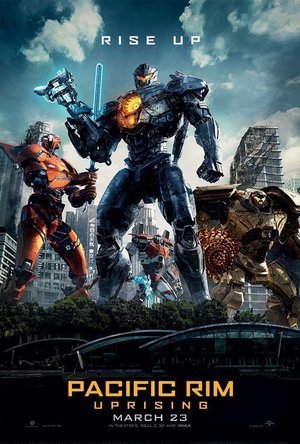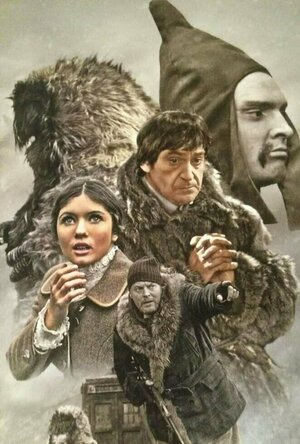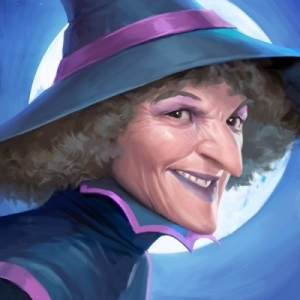
Seekers Notes
Games
App
A GORGEOUS HIDDEN OBJECT GAME! Start an incredible journey into the cursed city of Darkwood! The...
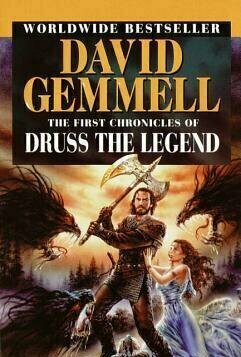
The First Chronicles of Druss the Legend (The Drenai Saga #6)
Book
He was known as Druss. The Deathwalker. Though the blood of merciless butchers coursed through his...
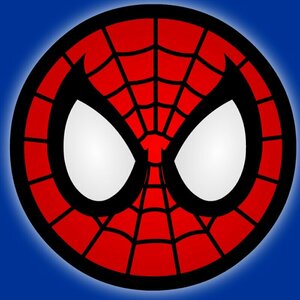
ToyzCollectorHD
YouTube Channel
IF YOU LIKE MY CHANNEL YOU CAN SUPPORT ME BY SUBSCRIBING FOR FREE ;) Play Doh Surprise Eggs,...
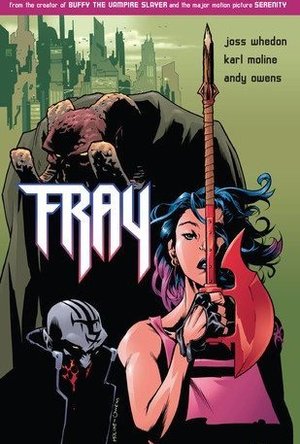
Fray
Book
Hundreds of years in the future, Manhattan has become a deadly slum, run by mutant crime-lords and...
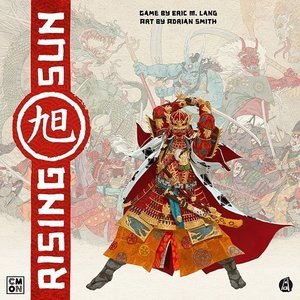
Rising Sun
Tabletop Game
Rising Sun is a board game for 3 to 6 players set in legendary feudal Japan. As the Kami descend...
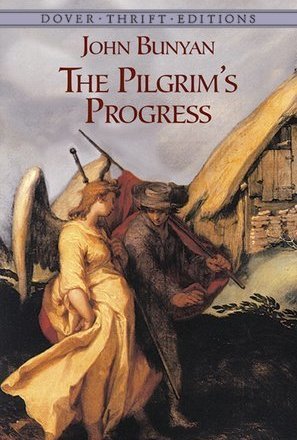
The Pilgrim's Progress
Book
This famous story of man's progress through life in search of salvation remains one of the most...
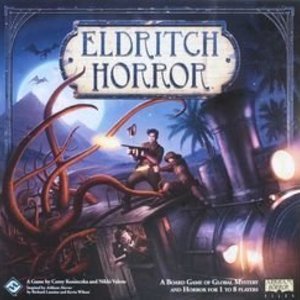
Eldritch Horror
Tabletop Game
The world is on the cusp of catastrophe as an evil and ancient being begins to stir. Vicious...
Blazing Minds (92 KP) rated Pacific Rim: Uprising (2018) in Movies
Nov 1, 2021 (Updated Nov 3, 2021)
The Kaiju return with a new deadly threat that reignites the conflict between these otherworldly monsters of mass destruction and Jaegers, the human-piloted super-machines that were built to vanquish them.
The thing that really grabbed my attention in the first film was the Jaegers and in Pacific Rim Uprising the Jaegers have had an upgrade, but it’s not just them, the Kaiju have also advanced in order to create even more onscreen battles that certainly grab the attention.

